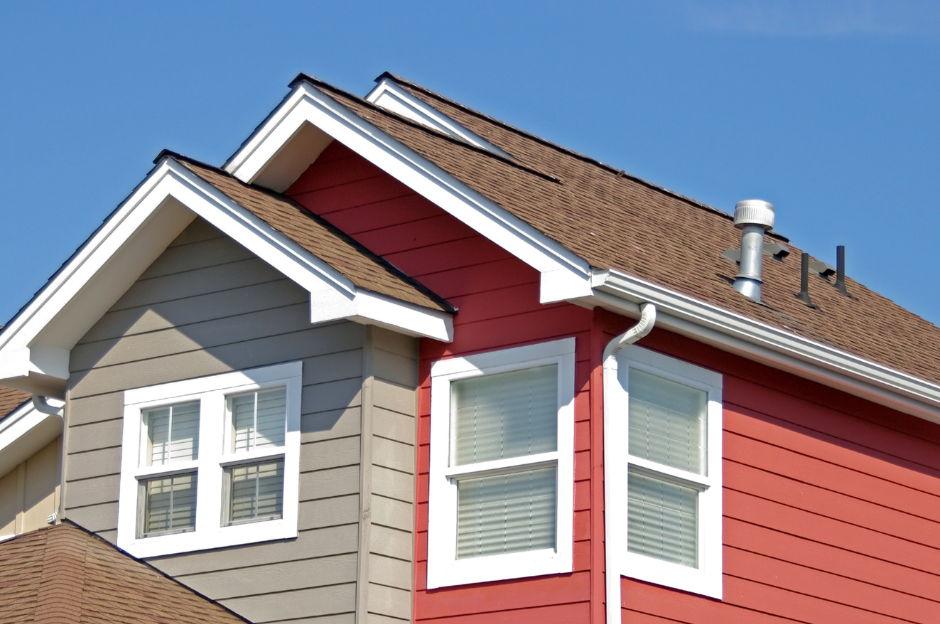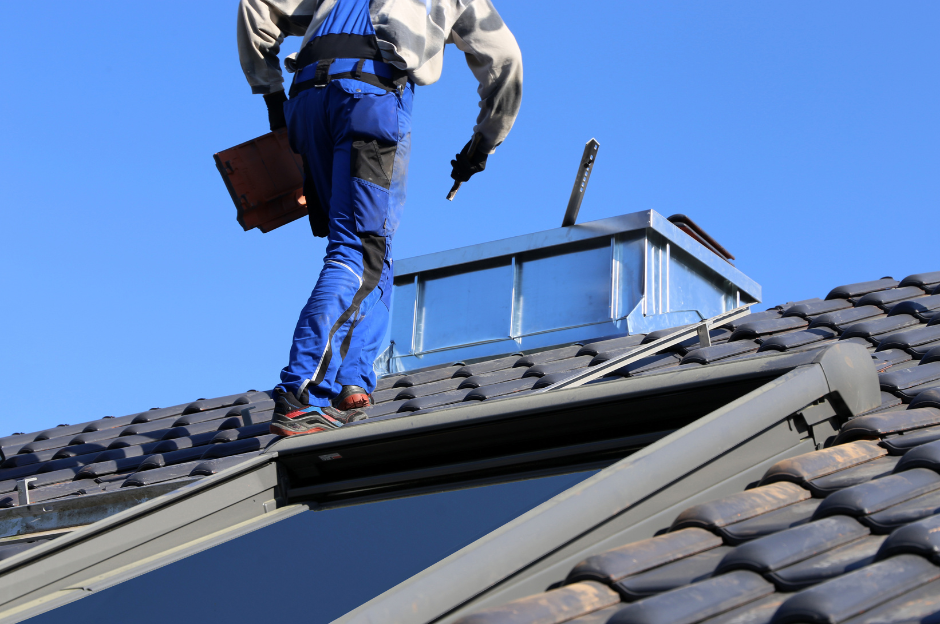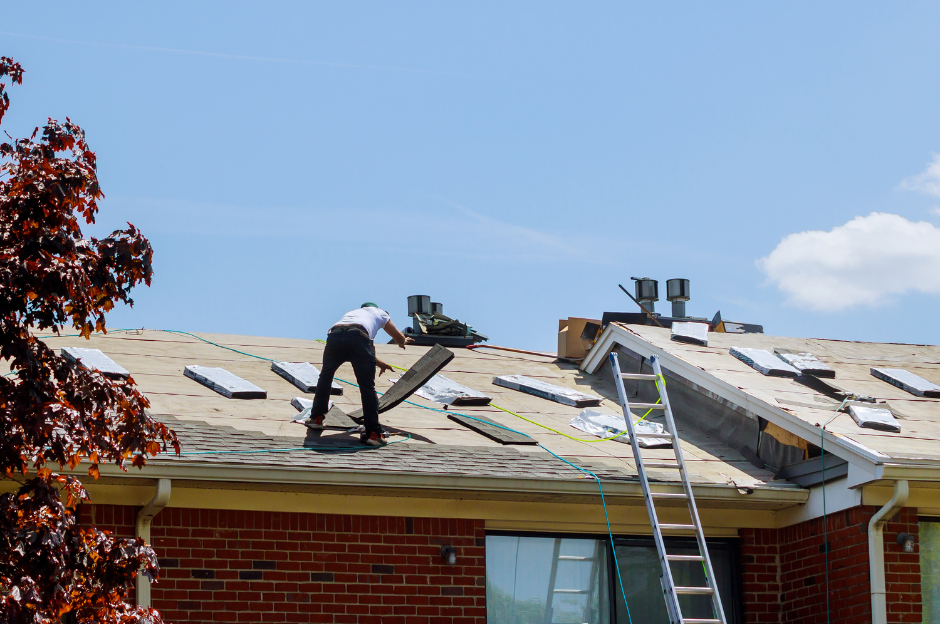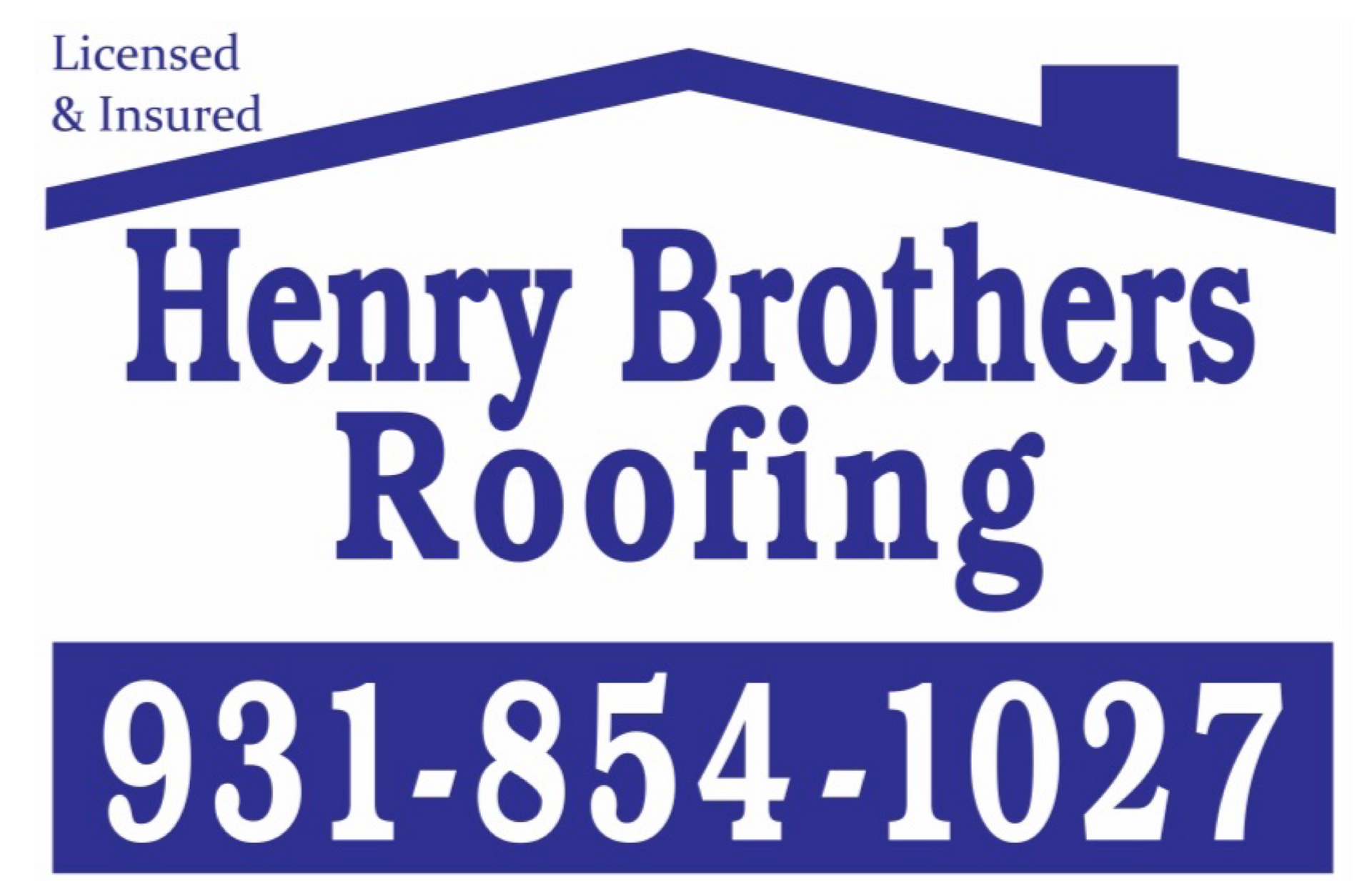Understanding Warranty Coverage: What to Look for in Roofing Solutions
March 8, 2025

A new roof is a significant investment, providing protection, energy efficiency, and aesthetic appeal to your home. With such an important purchase, understanding the warranty coverage is crucial to ensuring long-term value and peace of mind. Roofing warranties vary widely depending on the manufacturer, contractor, and materials used, making it essential to know what is covered and for how long.
In this guide, we will break down the key aspects of roofing warranties, explain what to look for when selecting a roofing solution, and highlight common pitfalls to avoid.
Types of Roofing Warranties
Roofing warranties generally fall into three main categories: manufacturer warranties, workmanship warranties, and extended warranties. Each type offers different protections and limitations.
1. Manufacturer Warranties
Manufacturer warranties cover defects in roofing materials. If the materials fail prematurely due to manufacturing defects, the manufacturer may replace them. However, these warranties typically do not cover installation errors or damage caused by weather, accidents, or neglect.
Key Considerations:
Coverage Duration: Manufacturer warranties can range from 10 years to lifetime coverage.
Prorated vs. Non-Prorated: Some warranties decrease in value over time (prorated), while others offer full replacement value for a set period.
Transferability: If you sell your home, check whether the warranty can be transferred to the new owner.
Exclusions: Common exclusions include improper installation, poor maintenance, and extreme weather events.
2. Workmanship Warranties
A workmanship warranty is provided by the roofing contractor and covers installation errors. Even high-quality materials can fail prematurely if not installed correctly. Workmanship warranties vary in length, typically ranging from 1 to 10 years, depending on the contractor.
Key Considerations:
Coverage Scope: What specific installation errors are covered?
Length of Warranty: Longer warranties often indicate greater confidence in the contractor’s workmanship.
Contractor’s Reputation: Ensure the contractor is reputable and financially stable to honor the warranty in the future.
Claim Process: Understand how claims are handled and if labor costs for repairs are covered.
3. Extended or System Warranties
Extended warranties provide additional coverage beyond standard manufacturer and workmanship warranties. These warranties are often purchased separately and may cover both materials and labor for an extended period.
Key Considerations:
Cost: Extended warranties require an additional investment, so evaluate whether the extra coverage is worth the expense.
Comprehensive Protection: Some extended warranties cover issues like tear-off costs and disposal fees.
Manufacturer vs. Third-Party: Ensure the warranty provider is reputable.
What to Look for in a Roofing Warranty
Now that you understand the types of roofing warranties, here are the essential factors to evaluate before selecting a roofing solution.
1. Length of Coverage
Warranty durations vary widely, so compare options carefully. While a lifetime warranty may sound appealing, read the fine print to determine how the coverage changes over time. Some warranties only offer full protection for the first 10–15 years before becoming prorated.
2. Material and Labor Coverage
Some manufacturer warranties only cover defective materials but not labor. This means you may have to pay out-of-pocket for labor costs even if your roofing materials are faulty. Look for warranties that provide both material and labor coverage for greater financial protection.
3. Transferability
If you plan to sell your home, a transferable warranty can be a strong selling point. Some warranties are transferable once, while others allow multiple transfers. Keep in mind that some manufacturers require a transfer fee or notification within a certain time frame after the home is sold.
4. Prorated vs. Non-Prorated Terms
A non-prorated warranty provides full coverage for a specified period, meaning if your roof fails due to a covered defect, you receive full compensation. A prorated warranty reduces in value over time, meaning you may only get partial reimbursement if the roof fails after several years.
5. Coverage for Workmanship Errors
Since improper installation is one of the leading causes of roofing failures, ensure that your contractor offers a strong workmanship warranty. Some manufacturers also offer warranties that include workmanship coverage if you use a certified contractor.
6. Exclusions and Limitations
Always read the exclusions section of a warranty carefully. Common exclusions include:
Acts of Nature: Hurricanes, tornadoes, and earthquakes may not be covered.
Improper Maintenance: Failure to maintain the roof according to the manufacturer’s guidelines may void the warranty.
Unauthorized Repairs: Using non-approved contractors for repairs can lead to denied claims.
7. Warranty Claim Process
Before committing to a roofing solution, understand the process for filing a claim. Questions to ask include:
What documentation is required?
Is there a specific timeline for reporting issues?
Who is responsible for labor and material costs during a claim?
Common Warranty Pitfalls to Avoid
1. Assuming All Lifetime Warranties Are the Same
Not all "lifetime" warranties provide equal coverage. Some are limited to specific conditions, so always verify the details before relying on the term "lifetime."
2. Not Registering the Warranty
Many manufacturers require homeowners to register their warranty within a certain period after installation. Failing to do so can make your warranty void.
3. Ignoring Maintenance Requirements
Some warranties require regular inspections and maintenance to remain valid. Keep records of maintenance work to ensure compliance.
4. Using Non-Certified Contractors
If your manufacturer requires installation by a certified contractor, using an uncertified roofer may void the warranty.
Henry Brothers Blog

Multi-family buildings pose unique challenges for roofing—requiring durable, efficient, and cost-effective solutions that serve multiple households simultaneously. Selecting the right system and partner can significantly impact long-term maintenance and energy bills. Common Roofing Challenges in Multi-Family Properties Large surface areas Multiple penetrations (vents, HVAC units) Noise and disruption during installation High foot traffic for maintenance Energy efficiency Efficient Roofing Materials TPO (Thermoplastic Polyolefin): Lightweight, reflective, and energy-efficient. Ideal for flat or low-slope roofs. Modified Bitumen: Offers durability and weather resistance. Works well for larger structures. Metal Roofing: Long-lasting and low-maintenance. Higher upfront costs but excellent ROI. Asphalt Shingles: Budget-friendly and easy to repair. Better for pitched multi-family homes. Affordability Strategies Bulk Purchasing Discounts: Roofers often offer lower rates for large-scale projects. Energy Rebates and Tax Credits: Cool roofing materials may qualify for incentives. Roof Coatings: Extend lifespan and defer full replacements. Preventive Maintenance Plans: Regular inspections reduce major repair costs. Partnering with the Right Contractor Choose a roofing contractor experienced in multi-family dwellings. Look for: References from similar projects Warranty offerings Insurance and licensing Clear timelines and communication protocols

Your roof is one of the most defining features of your home’s architecture. A well-designed roof complements the style, era, and character of your house, enhancing both curb appeal and value. Whether you own a modern home, a Victorian masterpiece, or a Mediterranean villa, choosing the right roofing materials and design is essential. This article explores custom roofing solutions for different architectural styles, ensuring your roof is both aesthetic and functional. 1. Why Custom Roofing Matters A one-size-fits-all approach doesn’t work for roofing. Here's why customization is key: 🏡 Preserves Architectural Integrity The roof should match the home's era and design. A poorly chosen roof can clash with the architecture and reduce property value. 💰 Boosts Home Value & Curb Appeal A well-matched roof enhances visual appeal, making your home stand out. Homebuyers prefer houses with roofs that fit the overall design. 🌦 Enhances Durability & Efficiency Custom roofing accounts for climate, slope, and insulation. Choosing the right materials ensures longer roof life and energy efficiency. 2. Best Roofing Materials for Different Architectural Styles 🏗 Modern & Contemporary Homes Modern architecture focuses on clean lines, minimalism, and energy efficiency. Best Roofing Options: ✅ Flat Roofs – Achieve a sleek, contemporary look. ✅ Metal Roofing – Durable and complements modern aesthetics. ✅ Green Roofs – Eco-friendly and visually striking. ✅ Solar Panels – Integrate renewable energy solutions. 🏰 Victorian & Gothic Revival Homes These homes have steep-pitched roofs, turrets, and elaborate detailing. Best Roofing Options: ✅ Slate Tiles – Classic, long-lasting, and historically accurate. ✅ Wood Shingles – Adds charm and natural beauty. ✅ Decorative Metal Accents – Enhances ornate Victorian designs. 🏝 Mediterranean & Spanish-Style Homes Inspired by European coastal homes, these feature stucco walls and curved archways. Best Roofing Options: ✅ Clay or Terracotta Tiles – Traditional, weather-resistant, and elegant. ✅ Concrete Tiles – Durable and available in various textures and colors. ✅ Synthetic Spanish Tiles – Modern, lightweight alternatives with classic appeal. 🌲 Rustic & Cabin-Style Homes These homes emphasize natural materials and a cozy aesthetic. Best Roofing Options: ✅ Wood Shakes – Blends seamlessly with wooded surroundings. ✅ Metal Roofing (Rustic Finish) – Durable with a weathered, natural look. ✅ Green Roofs – Enhances sustainability and insulation. 🏡 Colonial & Traditional Homes These timeless homes focus on symmetry and classic proportions. Best Roofing Options: ✅ Asphalt Shingles – Affordable and available in classic shades. ✅ Slate Roofing – Elegant and historically accurate. ✅ Copper or Metal Accents – Enhances historic charm. 🏛 Mid-Century Modern Homes This style features low-sloped roofs, large windows, and open spaces. Best Roofing Options: ✅ Flat or Low-Slope Roofs – Clean, minimalistic aesthetic. ✅ Rubber or Membrane Roofing – Ideal for low-pitch roofs. ✅ Green or Living Roofs – Complements eco-conscious designs. 🏰 Tudor-Style Homes Tudor homes have steeply pitched gables and decorative half-timbering. Best Roofing Options: ✅ Wood or Synthetic Shake Shingles – Traditional and authentic. ✅ Slate Roofing – Enhances historic charm and durability. ✅ Architectural Asphalt Shingles – Mimics wood or slate at a lower cost. 3. Custom Roofing Features to Consider Beyond materials, adding customized elements can elevate your roof’s design. 🔹 Roof Color & Texture Dark roofs enhance historic and formal homes. Light-colored roofs reflect heat, ideal for warm climates. Textured materials (slate, shakes) add visual depth. 🏠 Roof Shape & Pitch Steep roofs fit Gothic and Victorian styles. Flat or low-sloped roofs match modern homes. Custom pitches enhance energy efficiency and durability. 🔆 Skylights & Roof Windows Adds natural light and enhances ventilation. Works well in modern, contemporary, and rustic homes. 🌞 Solar Roofing & Smart Technology Solar shingles blend seamlessly into modern & eco-friendly homes. Smart roofing systems adjust ventilation & insulation automatically. 4. Custom Roofing: How to Get Started 1️⃣ Consult a Roofing Expert Work with an architect or contractor specializing in custom roofs. Ensure they understand historical accuracy and climate considerations. 2️⃣ Choose High-Quality Materials Invest in durability, energy efficiency, and aesthetics. Select roofing that aligns with your home’s style and longevity needs. 3️⃣ Consider Long-Term Costs & ROI Some materials have higher upfront costs but last longer and increase home value. Energy-efficient options can reduce heating and cooling expenses. 4️⃣ Verify Local Building Codes Some roofing styles require special permits. Ensure compliance with HOA guidelines and historical district regulations.


